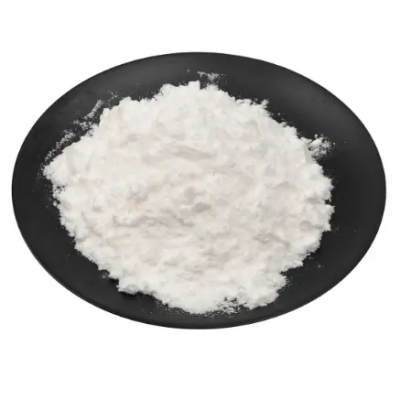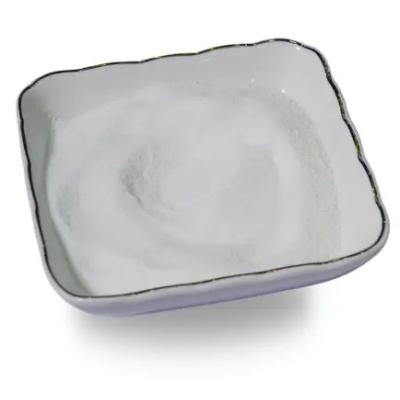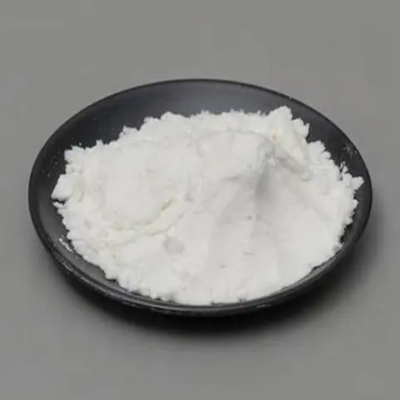Bis(di-tert-butyl(4-dimethylaminophenyl)phosphine)dichloropalladium(Ⅱ) CAS:887919-35-9
This complex is extensively employed as a catalyst in various organic transformations, including cross-coupling reactions, C-H activation, and carbon-carbon bond formation. Its high catalytic activity and selectivity make it a valuable tool for synthesizing complex organic molecules and pharmaceutical intermediates. In addition, Bis(di-tert-butyl(4-dimethylaminophenyl)phosphine)dichloropalladium(II) is utilized in the preparation of ligands and catalysts for homogeneous catalysis. Its versatile ligand environment allows for the fine-tuning of catalytic properties, enabling the development of efficient and sustainable chemical processes. Furthermore, this compound finds applications in materials science for the synthesis of functional materials, polymers, and nanocomposites. It can be incorporated into polymer matrices or surfaces to impart specific properties such as conductivity, luminescence, or catalytic activity. In research laboratories, Bis(di-tert-butyl(4-dimethylaminophenyl)phosphine)dichloropalladium(II) is utilized for investigating reaction mechanisms, developing new synthetic methodologies, and exploring the reactivity of transition metal complexes. Its well-defined structure and reactivity make it a valuable model system for studying organometallic chemistry and catalysis. Overall, Bis(di-tert-butyl(4-dimethylaminophenyl)phosphine)dichloropalladium(II) serves as a versatile catalyst and building block in organic synthesis, catalysis, materials science, and research endeavors, contributing to advancements in various fields of chemistry and technology.



| Composition | [PdCl₂{(C₆H₂Me₂N)P(t-Bu)₂}₂] |
| Assay | 99% |
| Appearance | white powder |
| CAS No. | 887919-35-9 |
| Packing | Small and bulk |
| Shelf Life | 2 years |
| Storage | Store in cool and dry area |
| Certification | ISO. |









